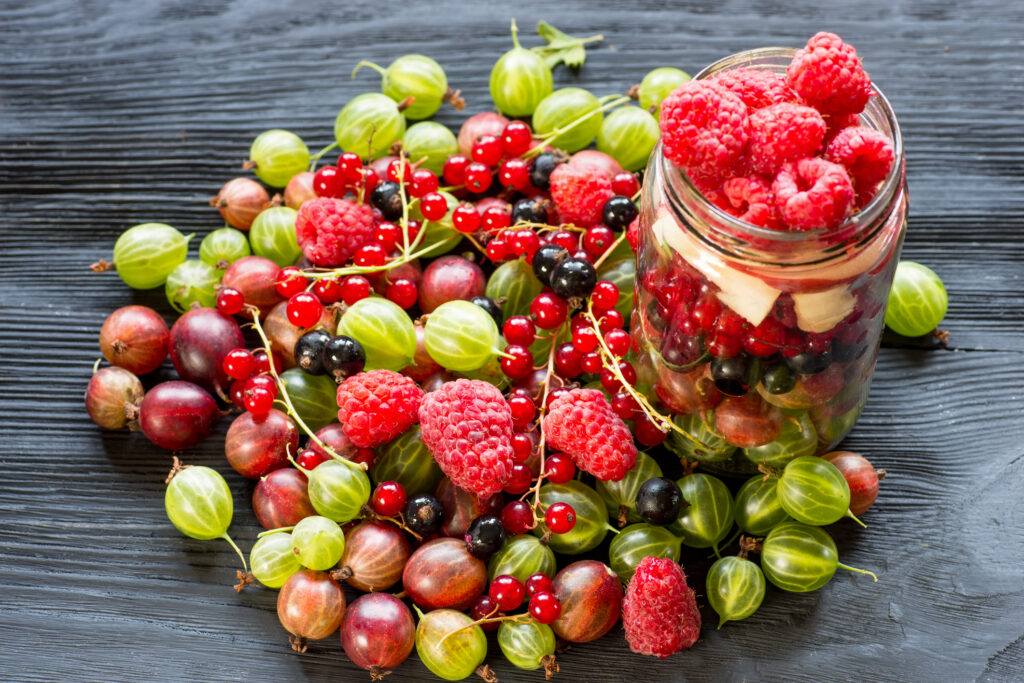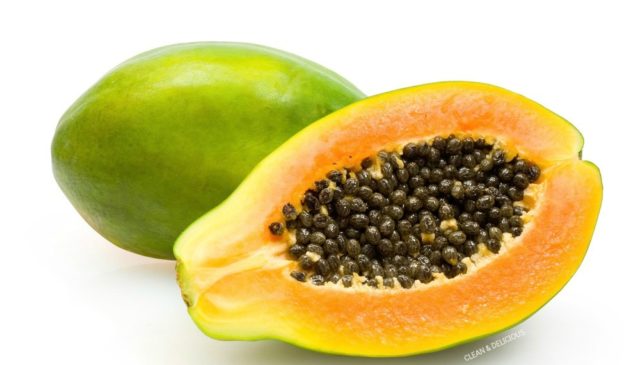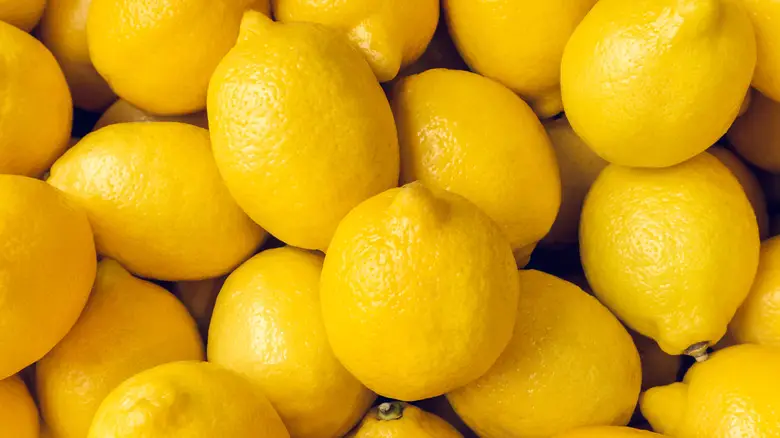Avocado, often called the “alligator pear,” is famous for its smooth richness and the healthy oils it contains. Many love to add it to salads, blend it into smoothies, or mash it for guacamole. Depending on where you are, the time when avocados are ready to eat can change a lot.
While avocados may be around any time of the year in some places, in other regions, they are only ripe and ready at specific times. We’re going to look into when avocados are typically in season across the globe, helping you get the best taste and price.
Table of Contents
- When Can You Find Avocado in Season?
- What Factors Affect When Avocados Are In Season?
- What’s So Great About Eating Nectarine During Its Season
- 1. They taste better:
- 2. They’re got more nutrition:
- 3. They can cost less:
- 4. There’s so much you can do with them:
- How to Pick the Best Avocado
- Simple Ways to Add Avocado to Your Meals
- Conclusion
When Can You Find Avocado in Season?
Different countries harvest avocados at different times. In California, avocados are usually ready from February to September. Mexico’s avocado season is from July to February, and in Chile, you can find them from August to March.
In South Africa, the harvest time is from May through October. Australians enjoy avocados from July to February, and in New Zealand, they are in season from August to February.
Keep in mind, these times can change a bit from year to year because of the weather and other factors that might affect the crop.
What Factors Affect When Avocados Are In Season?
Many things play a part in deciding when avocados are ready. Understanding these can help people and companies know when avocados will be available and plan what they need.
First off, the weather is super important for growing avocados. They like warm places with plenty of sunshine and just the right amount of rain. Some regions need it to be dry when the flowers come out and while the avocados are growing, to keep the trees healthy and to make sure there’s lots to harvest.
Where the trees are in the world also makes a difference. For instance, avocados from places in the southern half of the world will be ready at different times than those from the northern half, because of the weather changes.
Trees also go through cycles where they have lots of fruit one year and then not so much the next. The weather, how old the tree is, and other things can influence this. Different types of avocado trees might also have their unique patterns.
How growers pick the fruit can change the seasons too. Some might spread out when they pick avocados to keep them coming longer, while others pick all at once.
Last, things like how much people want avocados and how much they cost can affect when they are grown. When lots of people want avocados, growers might try to make the season last longer by picking at different times or by using special ways to keep the growing conditions just right.
All in all, when avocados are ready to eat depends on these various elements, so it’s something to consider when you’re getting ready to buy them.
What’s So Great About Eating Nectarine During Its Season
If you want to spice up your meals and boost your health, you should eat avocados when they’re in season. This comes with lots of benefits:
1. They taste better:
Seasonal avocados are usually the freshest and most flavorful. They’re often grown nearby and picked when perfectly ripe, which means they taste great and have a nice texture.
2. They’re got more nutrition:
Avocados are full of good oils, fibers, and vitamins. By choosing them in season, you get the ones packed with the most nutrients.
3. They can cost less:
When there are lots of avocados around, the price usually drops. This makes it easier to eat healthy without spending too much.
Environmentally friendly: Choosing seasonal, local avocados means less travel for the fruit, which is better for the planet. It also helps local farmers and good farming practices.
4. There’s so much you can do with them:
Avocados can go in all kinds of meals. Whether it’s in a salad, on a sandwich, or in a smoothie, seasonal avocados give you the chance to try new recipes and mix up your food.
Eating avocados when they’re in season is a smart move for many reasons. You get food that tastes and is good for you, you support the folks who grow it, and you get a good deal. So next time you’re out shopping for avocados, go for the ones that are in season and enjoy the difference they make to your food.
How to Pick the Best Avocado
Choosing a good avocado can sometimes be tricky, but there are a couple of pointers to help you find the one that’s just right to eat. Here’s some advice:
- Look at the color: The avocado’s color can tell you if it’s ripe. Dark green or black means it’s probably ready, while a lighter color might mean it’s not there yet.
- Feel how soft it is: Give the avocado a gentle squeeze. If it’s ripe, it should be a little soft, but not squishy. If it’s hard, it’s not ripe, and if it’s too soft, it’s past its best.
- Check the top stem: Wiggle the little stem at the avocado’s top. If it’s ripe, the stem will come off easily, and it should be green underneath. If it’s hard to remove or brown underneath, it might be overripe.
- Think about the weight: A ripe avocado feels heavy for its size. If it’s too light, it might not be very good inside.
- Smell it: A ripe avocado has a slight nutty scent. If it smells off or sour, it’s not good to eat.
Choose the perfect avocado using these hints. Remember that avocados ripen fast, so if you’re letting them sit out to reach full ripeness, check on them regularly.
And if you’re not ready to eat them just yet, keep them in the refrigerator to make them ripen slower.
Simple Ways to Add Avocado to Your Meals
Avocados are super tasty and you can add them to lots of meals in different ways. Here are some tips to get more avocado into your food:
- In Salads: You can make salads creamier by adding avocados. Try cutting some avocado and tomato, then toss them together with a bit of olive oil, lemon juice, and a pinch of salt for a simple side dish.
- On Toast: Avocado on toast is a really popular option for a tasty breakfast or brunch. Crush a ripe avocado with a fork and spread it on a slice of toast. If you like, put stuff like eggs, smoked salmon, or tomato slices on top for more taste.
- In Smoothies: You can also put avocado into your smoothies. It makes them really smooth and adds good fats. Try blending half an avocado with some of your favorite fruit, leafy greens, and a liquid to get a yummy and healthy drink.
- As a Spread: Instead of mayonnaise, try mashed avocado on your sandwiches or in wraps. If you want an easy avocado spread, just mix some mashed avocado with a bit of lime juice, salt, and pepper.
- In Guacamole: A basic guacamole is easy to make. Just mash up avocados with some lime juice, chopped tomatoes, onions, and cilantro.
- Grilled: Ever tried grilling avocados? They are pretty amazing! Simply cut an avocado in half and take out the pit. Put a little olive oil on it and grill it with the cut side down for a few minutes until there are nice marks on it.
These ideas are just the start of how you can use avocados. Experiment with different combinations of tastes and recipes to find your personal favorites. Avocados are not only healthy, but they also taste great!
Conclusion
Avocados are a tasty and healthy addition to your diet and you can eat them in lots of different ways. While their season can change depending on where you are, they’re usually around from the beginning of spring to the start of fall in many places.
To get the best avocados, check for their color, feel, stem, heaviness, and smell to see if they’re just right for eating.
Whether you include them in salads, toast them, blend them into your smoothies, spread them on a sandwich, whip up some guacamole, or grill them, avocades can bring flavor and health benefits into your food. So, the next time you shop for groceries or visit the farmers market, pick up some avocados to use in your kitchen creations!









